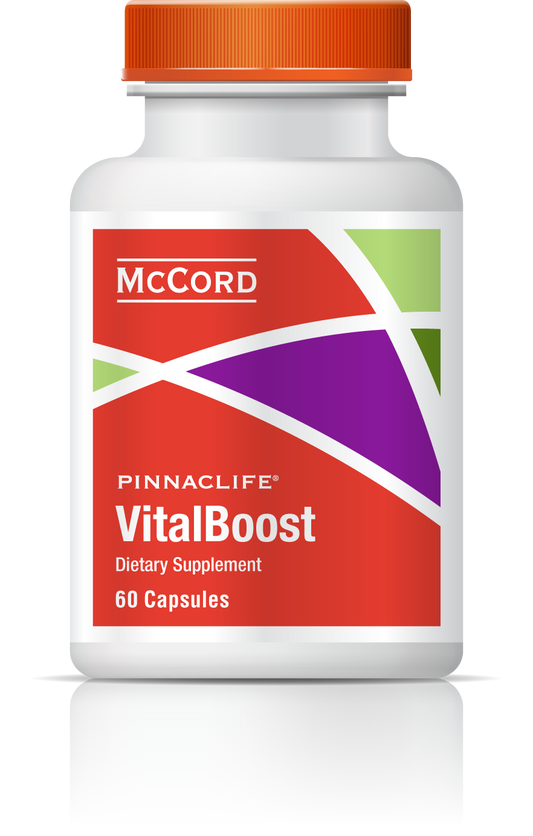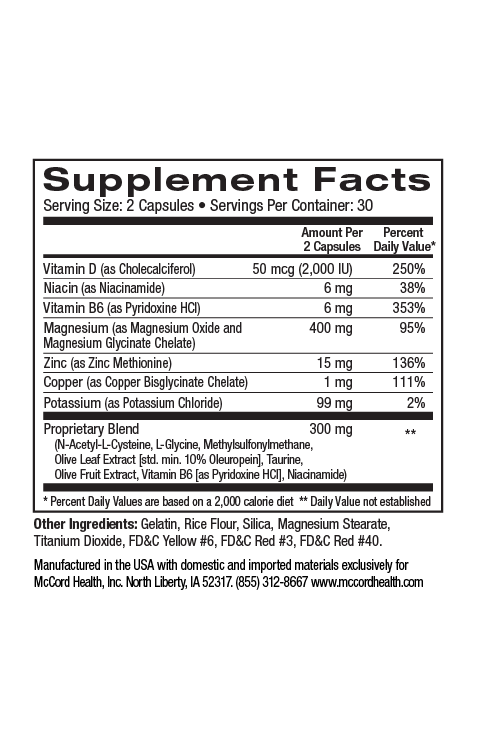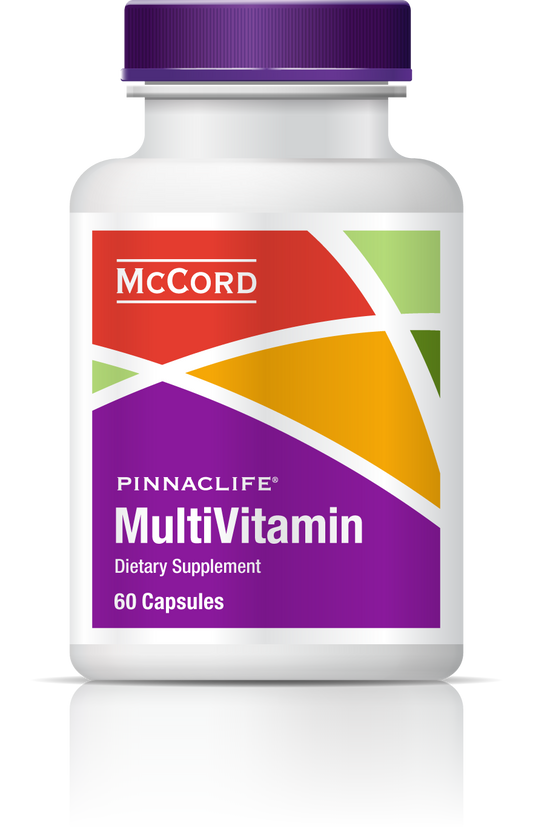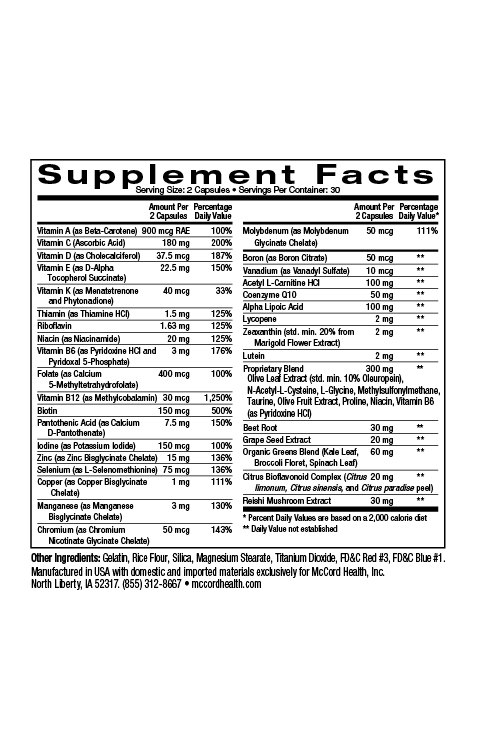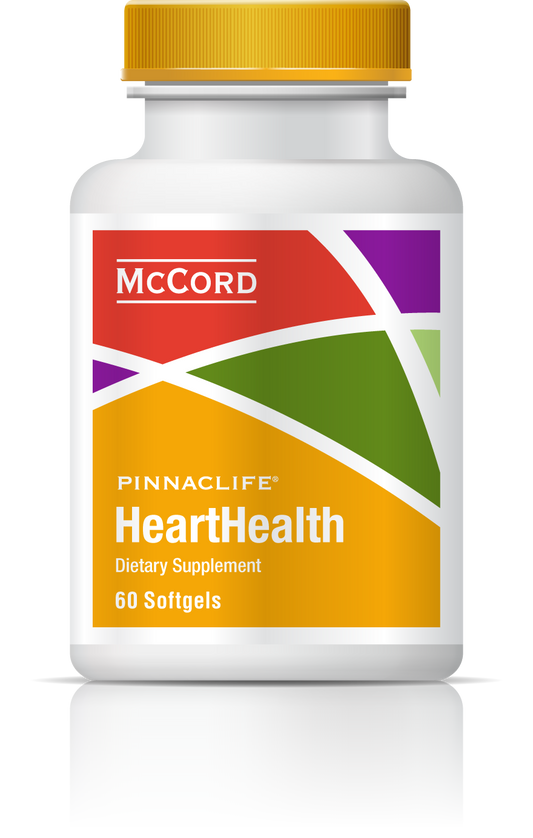There are a lot to choose from - but what makes the best fiber supplements better than others? Most people need to be consuming more dietary fiber, and many will require a supplement to reach their daily goal. What should you look for in a fiber supplement? Does your fiber supplement have excess sugar, taste bad, or cause excessive gas and bloating?
- Eating enough dietary fiber is known to reduce your risk and/or improve health status for dozens of the most common health conditions
- Almost all Americans are falling short of the recommended daily fiber intake
- Supplements can help fill the gaps to reach daily goals, especially in picky eaters
- You need to be careful when selecting fiber supplements because many are actually junk food disguised as healthy fiber sources
- Some fibers promote healthy bacteria and others do not
- Some fibers cause more gas and bloating than others
Tell me More!
You've heard it all before - if you want to be healthy, you need to eat more vegetables, fruits, beans, nuts, and whole grains. But why these foods? What makes them so special? There are plenty of things that make these foods good for us including the vitamins, minerals, and other plant nutrients (called "phytonutrients") that they contain, but one thing that these foods all have in common that is often overlooked is their high fiber content.
The health benefits that have been attributed to high fiber diets is truly overwhelming. There are tens of thousands of published peer-reviewed research articles that confirm the benefits fiber has in medical conditions including heart disease, diabetes, cancer, obesity, inflammatory bowel disorders, irritable bowel syndrome, and many more. Some of the reported benefits include:
- Decreased inflammatory response in the digestive tract1
- Improved absorption of nutrients1,2
- Promote the growth of natural and beneficial probiotic bacteria3–5
- Improve digestion of other foods
- Slower absorption of sugars, improving blood sugar levels8–11
- Lowers LDL (bad) cholesterol and triglycerides12–14
- Promotes healthy bowel movements5
- Makes a person feel fuller longer, aiding in weight loss4,15–18
- Improves serum lipid and cholesterol levels, hypertension, obesity, and diabetes11,19–21
How Much Dietary Fiber Do You Need?
We've known for decades that we need to be consuming more fiber, yet less than 5% of the American population regularly consumes the recommended 25 grams/day for women, or the 38 grams/day for men.22,23 Many health care professionals would recommend aiming even higher for 40 – 50 grams of fiber per day, depending on total caloric intake. A study conducted at Harvard and published in the BMJ added to the body of evidence supporting fiber intake in heart disease. This study showed that after surviving a heart attack, the people that increased their fiber intake to the recommended 14 grams per 1,000 calories had a 35% reduction in cardiac mortality and a 31% reduction in all-cause mortality.24
Supplementing Prebiotic Dietary Fiber
It's a wonderful idea for people to try an obtain their daily fiber goals entirely from natural food sources, but as mentioned before, fewer than 5% of the American population is routinely getting enough fiber even when using supplements and fortified foods. Proprietary Blend DigestiveHealth Prebiotic Fiber makes it easier than ever before to boost the prebiotic fiber content of your diet using a naturally derived fiber from non-GMO corn. You can easily incorporate Proprietary Blend DigestiveHealth into your meals to start experiencing the health benefits of soluble prebiotic fiber today!
Features of Olivamine® Digestive Health Prebiotic Fiber
Proprietary Blend DigestiveHealth is composed of soluble prebiotic fiber, meaning that it dissolves completely, even in cold beverages. When you mix Proprietary Blend DigestiveHealth into your food or beverage, it is completely free from grit and lumps. It is flavorless and odorless so it will not alter the taste or smell of your food or beverage.
Many prebiotic fibers breakdown into simple sugars when they are exposed to heat or acidic foods, however Proprietary Blend DigestiveHealth is heat and acid stable, so it remains a functional fiber even if it is heated up or added to acidic foods like spaghetti sauce or orange juice.25 The digestion-resistant soluble fiber used in Olivamine® DigestiveHealth is a slow-digesting fiber, so it does not cause excessive gas and bloating that is commonly experienced with fast-fermenting prebiotic fibers like inulin (from chicory) and fructooligosaccharides (FOS).26,25
Use the Best Fiber Supplement to Boost the Dietary Fiber Content of Your Favorite Foods
To boost the fiber content and remedy digestive problems for you and your family, try adding Proprietary Blend DigestiveHealth to:
- shakes and smoothies
- yogurt
- tea, coffee, juice
- salad dressings
- soups and stews
- macaroni and cheese
- pizza sauce
- meatloaf
- oatmeal
- batters, dough
- mashed potatoes
- sauces (spaghetti, marinara, gravy, etc.)
- dips and spreads (guacamole, hummus, queso, salsa, etc.)
To determine how much fiber to add to a food or beverage, consider how many people you are serving and add no more than 1 serving of Proprietary Blend DigestiveHealth for every intended serving of the dish you are preparing. For example, if you intend on 4 people eating the mashed potatoes you are preparing, add up to 4 servings of Proprietary Blend DigestiveHealth, stir well, and serve as you normally would. Adding DigestiveHealth Prebiotic Fiber to baked goods may require slight adjustments to other ingredients in the recipe such as flour or cornstarch.
Not all Dietary Fiber Supplements are Equal
Be aware that some foods and supplements that are thought to be healthy because of their fiber content such as cereals, fiber bars, baked beans, and juices may not be as healthy as you think because of other ingredients like added sugar and salt. The best fiber supplements should not contain unhealthy amounts of sugars, and ideally be free from other common food allergens. Proprietary Blend DigestiveHealth Prebiotic Fiber is formulated so that it is completely free from:
- animal products
- added sugars
- gluten, wheat
- milk
- soy
- egg
- sodium
- yeast
- synthetic dyes
- artificial flavorings
- preservatives
Not only do you get the benefits of the prebiotic fiber, but the addition of Proprietary Blend adds even more benefits by providing patented antioxidant support. Start your path to good health today withProprietary Blend DigestiveHealth!
References
- Rose DJ, Demeo MT, Keshavarzian A, Hamaker BR. Influence of Dietary Fiber on Inflammatory Bowel Disease and Colon Cancer : Importance of Fermentation Pattern. Nutrition. 2007;(February):51–62.
- Miyazato S, Nakagawa C, Kishimoto Y, Tagami H, Hara H. Promotive effects of resistant maltodextrin on apparent absorption of calcium, magnesium, iron and zinc in rats. Eur J Nutr. 2010;49(3):165–71.
- Bouhnik Y, Raskine L, Simoneau G, et al. The capacity of nondigestible carbohydrates to stimulate fecal bifidobacteria in healthy humans: a double-blind, randomized, placebo-controlled, parallel-group, dose-response relation study. Am J Clin Nutr. 2004;80(6):1658–64.
- Brownawell AM, Caers W, Gibson GR, et al. Prebiotics and the health benefits of fiber: current regulatory status, future research, and goals. J Nutr. 2012;142(5):962–74.
- Fastinger ND, Karr-Lilienthal LK, Spears JK, et al. A Novel Resistant Maltodextrin Alters Gastrointestinal Tolerance Factors, Fecal Characteristics, and Fecal Microbiota in Healthy Adult Humans. J Am Coll Nutr. 2008;27(2):356–366.
- Mirmiran P, Bahadoran Z, Azizi F. Functional foods-based diet as a novel dietary approach for management of type 2 diabetes and its complications: A review. World J Diabetes. 2014;5(3):267–81.
- Wakabayashi S. The Effects of Indigestible Dextrin on Sugar Tolerance: I. Studies on Digestion – Absorption and Sugar Tolerance. Folia Endocrinol. 1992;68:623–35.
- Burton-freeman B. Dietary Fiber and Energy Regulation. J Nutr. 2000;130:272S–275S.
- Chandalia M, Garg A, Lutjohnann D, Bergmann K, Grundy S, Brinkley L. Beneficial Effects of High Dietary Fiber Intake in Patients with Type 2 Diabetes Mellitus. N Engl J Med. 2000;342:1392–8.
- Nomura M, Nakajima Y, Abe H. Effects of Long-term Administration of Indigestible Dextrin as Soluble Dietary Fiber on Lipid and Glucose Metabolism. J Jpn Soc Nutr Food Sci. 1992;45:21–5.
- Gordon D. The effects of resistant maltodextrin on blood glucose, insulin, and triacylglyceride levels, and fat accumulation after meal feeding in humans. In: Dietary Fibre Components and Functions (Salovaara H, Gates F, Tenkanen M, eds.). Wageningen, Netherlands: Wageningen Academic Pub; 2007.
- Brown L, Rosner B, Willett WW, Sacks FM. Cholesterol-lowering effects of dietary fiber: a meta-analysis. Am J Clin Nutr. 1999;69(1):30–42.
- Kishimoto Y, Oga H, Tagami H, Okuma K, Gordon DT. Suppressive effect of resistant maltodextrin on postprandial blood triacylglycerol elevation. Eur J Nutr. 2007;46(3):133–8.
- Sato F, Saito A, Miyawaki H, Takehara I, Miyakoshi T, Takahashi N. Effect of Beverage Containing Resistant Maltodextrin on Postprandial Serum Triglyceride and the Safety Evaluation of Long-term or Excessive Intake of the Beverage. Jpn Pharmacol Ther. 2009;37:857–66.
- Alfieri M a, Pomerleau J, Grace DM, Anderson L. Fiber intake of normal weight, moderately obese and severely obese subjects. Obes Res. 1995;3(6):541–7.
- Slavin JL. Dietary fiber and body weight. Nutrition. 2005;21(3):411–8.
- Ye Z, Arumugam V, Haugabrooks E, Williamson P, Hendrich S. Soluble dietary fiber (Fibersol-2) decreased hunger and increased satiety hormones in humans when ingested with a meal. Nutr Res. 2015:1–8.
- Flood-Obbagy JE, Rolls BJ. The effect of fruit in different forms on energy intake and satiety at a meal. Appetite. 2009;52(2):416–22.
- Gustafson J, Anderson W. Health benefits and practical aspects of high-fiber diets. Blood Press. 1994;59:1242S–7S.
- Kajimoto O, Hirata H, Takahashi T, Henmi M, Morimoto F, Ohki K. Beneficial effects of a new indigestible dextrin-containing beverage on lipid metabolism and obesity-related parameters. J Nutr Food. 2000;3(3):47–58.
- Yamamoto T, Yamamoto K, Fukuhara Y, et al. Effect of Indigestible Dextrin on Visceral Fat Accumulation. J Japanese Soc Study Obes. 2007;13:34–41.
- Clemens R, Kranz S, Mobley AR, et al. Filling America’s fiber intake gap: summary of a roundtable to probe realistic solutions with a focus on grain-based foods. J Nutr. 2012;142(7):1390S–401S.
- Lanza E, Jones DY, Block G, Kessler L. Dietary Fiber Intake in the US Population. Am J Clin Nutr. 1987;46:790–7.
- Li S, Flint A, Pai JK, et al. Dietary fiber intake and mortality among survivors of myocardial infarction: prospective cohort study. BMJ. 2014;348(apr28_8):g2659.
- Goda T, Kajiya Y, Suruga K, Tagami H, Livesey G. Availability, fermentability, and energy value of resistant maltodextrin: modeling of short-term indirect calorimetric measurements in healthy adults. Am J Clin Nutr. 2006;83(6):1321–1330.
- Flickinger EA, Wolf BW, Garleb KA, et al. Glucose-Based Oligosaccharides Exhibit Different In Vitro Fermentation Patterns and Affect In Vivo Apparent Nutrient Digestibility and Microbial Populations in Dogs. Nutr Metab. 2000;(February):1267–1273.
Disclaimer:
These statements have not been reviewed by the FDA. These products are dietary supplements and are not intended to treat, cure, or prevent any disease. The decision to use these products should be discussed with a trusted healthcare provider. The authors and the publisher of this work have made every effort to use sources believed to be reliable to provide information that is accurate and compatible with the standards generally accepted at the time of publication. The authors and the publisher shall not be liable for any special, consequential, or exemplary damages resulting, in whole or in part, from the readers’ use of, or reliance on, the information contained in this article. The publisher has no responsibility for the persistence or accuracy of URLs for external or third party Internet websites referred to in this publication and does not guarantee that any content on such websites is, or will remain, accurate or appropriate.

